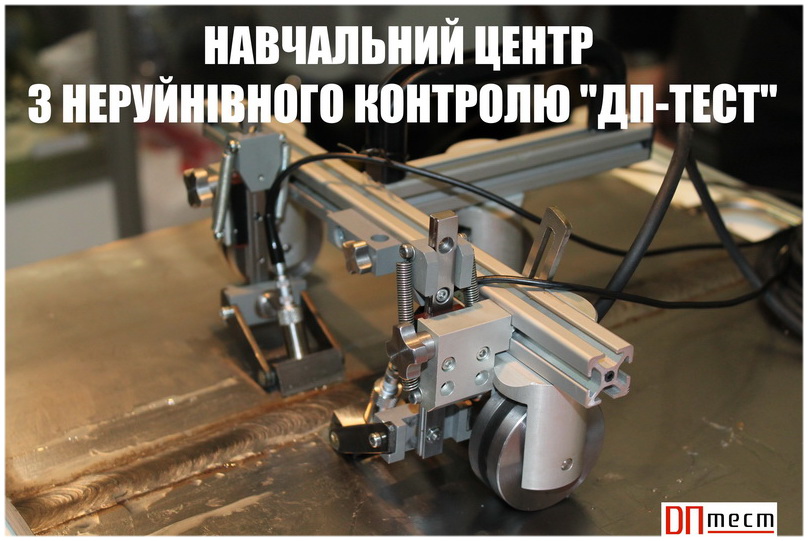The master's thesis consists of an introduction, five chapters, conclusions and a list of references. This diploma also contains 144 pages, including 48 figures, 32 tables, and 32 sources.
Relevance of the topic. In today's world, automation and the introduction of artificial intelligence in the healthcare sector are important for ensuring high-quality diagnostics and monitoring of patients' condition. The growing number of diseases, such as cardiovascular, metabolic, and respiratory disorders, requires innovative approaches to their detection and management. Early detection and risk assessment of such diseases can significantly increase the effectiveness of treatment, reduce the workload of medical staff and improve the quality of life of patients. Modern healthcare facilities need systems that can analyse large amounts of medical data, predict disease risks, integrate with existing information systems and support physician decision-making. Given these challenges, the creation of an automated medical monitoring system using intelligent technologies, such as machine learning algorithms, is a relevant and promising area of research.
Purpose. To develop an automated system of medical monitoring of human condition that provides monitoring of vital signs, analysis of patients' condition, identification of disease risks using artificial intelligence algorithms and provision of personalised recommendations for timely diagnosis and treatment.
Object of research. Artificial intelligence model for disease risk assessment and its integration into automated medical monitoring systems.
The subject of the study. Methods and means of determining vital signs of patients
Research methods. The work is based on the use of modern machine learning methods, such as XGBoost and SMOTEENN, to create prediction models. Python libraries (pandas, scikit-learn, matplotlib) were used for data processing and analysis. The software was developed using Django for the backend, MySQL for data storage, and HTML and CSS, JavaScript to create the client interface. Functionality testing was performed on simulated and real patient data.
Scientific novelty. The paper is the first to propose the integration of machine learning algorithms into an automated medical monitoring system for comprehensive monitoring of patients' condition and determining the risks of diseases. An approach to adaptive analysis of vital signs using the SMOTEENN method has been developed to solve the problem of data imbalance, which increases the accuracy of predicting rare diseases.
Practical application of the results. The developed system can be implemented in medical institutions to monitor patients both in hospitals and at home. It allows doctors to quickly obtain the results of analysing patients' health status, improving the quality of diagnosis and timeliness of treatment. The system also helps to identify potential disease risks based on the analysis of medical indicators, which facilitates early response to possible health problems. This makes it an important tool for supporting decision-making in the healthcare sector.
Research advisor: I. Hryshanova









